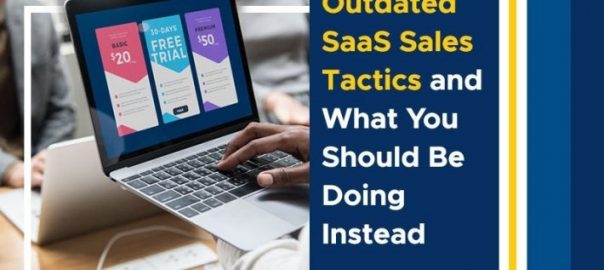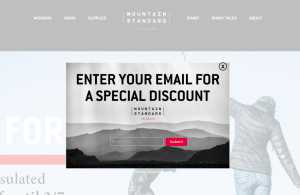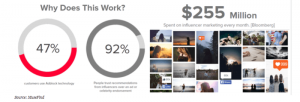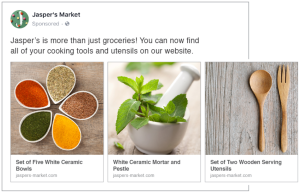— August 2, 2019
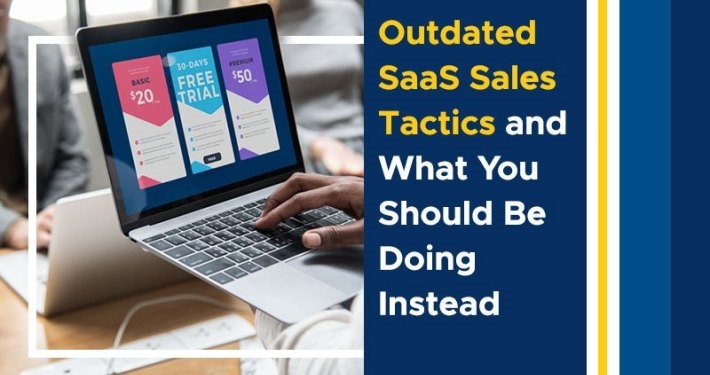
Software end users keep changing. This is especially true for the new end users. Their mindset and what tickles their ears and interests are not quite the same as those of past customers. We have the internet to thank for all types of information accessible to us at just one simple click. It has also allowed buyers to connect with their peers much faster which means that they can get their opinions about a product or service they are possibly interested in before they spend their money to buy it.
With this, we also need to understand that this is not the only change happening in the SaaS buying process. It is crucial that we also change our tactics and how to go about marketing and selling SaaS to customers. Meaning that there are certain sales methods that don’t work as effectively anymore and we have to adapt and upgrade our strategies as well.
Let us start by looking at what doesn’t work for SaaS anymore and what you can do to improve your software sales strategies.
#1 Inbound Reliant
If you take a good look at any great SaaS company, you will see that they all have good marketing systems. They have a big percentage of activities that focus on new business opportunities every single day, making sure that they are testing them and optimizing those activities.
The mistake here is that most of the time we focus too much on inbound marketing. It’s like being able to create a really cool product, but barely anyone gets to know about it. If we solely rely on inbound marketing, it’s less likely we’ll see revenue.
What to do?
The answer is very easy! In this case, we highly encourage that you consider that you go outbound. By using outbound lead generation strategies, it will make reaching prospects much easier. All your tools are readily available as well. Sales prospecting calls and email are essential outbound tools that you shouldn’t abandon. As for social media, LinkedIn, Facebook, and Twitter are powerful tools as well.
#2 Limited Trial
Every consumer has experienced this one too many times. You download software off of the internet that allows you to use its full capacity for a limited trial period, and most of the time the trial period os much shorter than the time you were able to fully maximize and explore all its features. It’s really frustrating on the consumer’s part. And what does that in return mean for you? Well, it drives another possible consumer away from your product. They will be hesitant towards buying your product because they weren’t able to fully explore all that it had to offer to begin with.
What to do?
In this case, it is wiser to get rid of the limited trial period and convert it into an unlimited one. Hear me out! We suggest that you have the premium features available for the user to enjoy and explore for a limited time. However, when the special feature’s time is over, it is better to still keep the trial available for the consumer to use. That way, possible clients won’t shy away from your product and have a little more time deciding on buying the full version of your software.
Another option is for you to tease them with key premium features that stay locked unless they buy the full version of your software. Once they realize that these specific features are important and useful to their tasks, they will easily decide to go for the full version instead. See? It’s a win-win situation for both parties.
#3 Overselling
Back in the days, you would have to yap about your product almost 24/7 in order to land a sale. Meetings had to be conducted in person, and because it was so time-consuming to drive or fly out to meet with a client, you would have to sell the heck out your product which leads to overselling and overpromising the capability of your product. If you oversell your software, you’ll lose customers quicker which will bring damage to your brand instead of revenues.
What to do?
Don’t hurt your brand. Overselling, fortunately, doesn’t work anymore nowadays. Again, thanks to the internet, you can speak to your clients more frequently now through various channels and FAQ’s to keep them in the loop and to be always ready to entertain their concerns. Say, you have a 28-56 sales cycle days, you won’t have to worry about gasping out all the details in one breath and you won’t have to overpromise to make sure they’ll ‘take the bait’. There is going to be a sense of frequency with your clients, so be honest, open, and in touch.
#4 Teamwork Wins. Always.
If you’re still struggling with keeping your sales up even after you’ve done all you can, then maybe it’s high time to change things. The days of having to sell all by yourself are gone. It is always better to go and seek out help than wasting time trying to figure out how you can do it on your own because, let’s face it, you can’t. No one can.
What to do?
We suggest that you seek out a sales coach or appoint a manager to put together a solid sales team. Leave the sales strategizing to them. This way it will boost and improve your sales performance and you can focus on other important aspects of your software business. If you still lack in manpower, then the best solution for you is to outsource a team of competent and professional salespeople who can aid you in this task. It is tested and proven that teamwork always wins.
Conclusion
So, now that we’ve talked about the different SaaS sales tactics that we should abandon or upgrade, sound off in the comments what other strategies should be a thing of the past and what could be their remedies.
This article is originally published at The Savvy Marketer.
Business & Finance Articles on Business 2 Community
(75)
Report Post